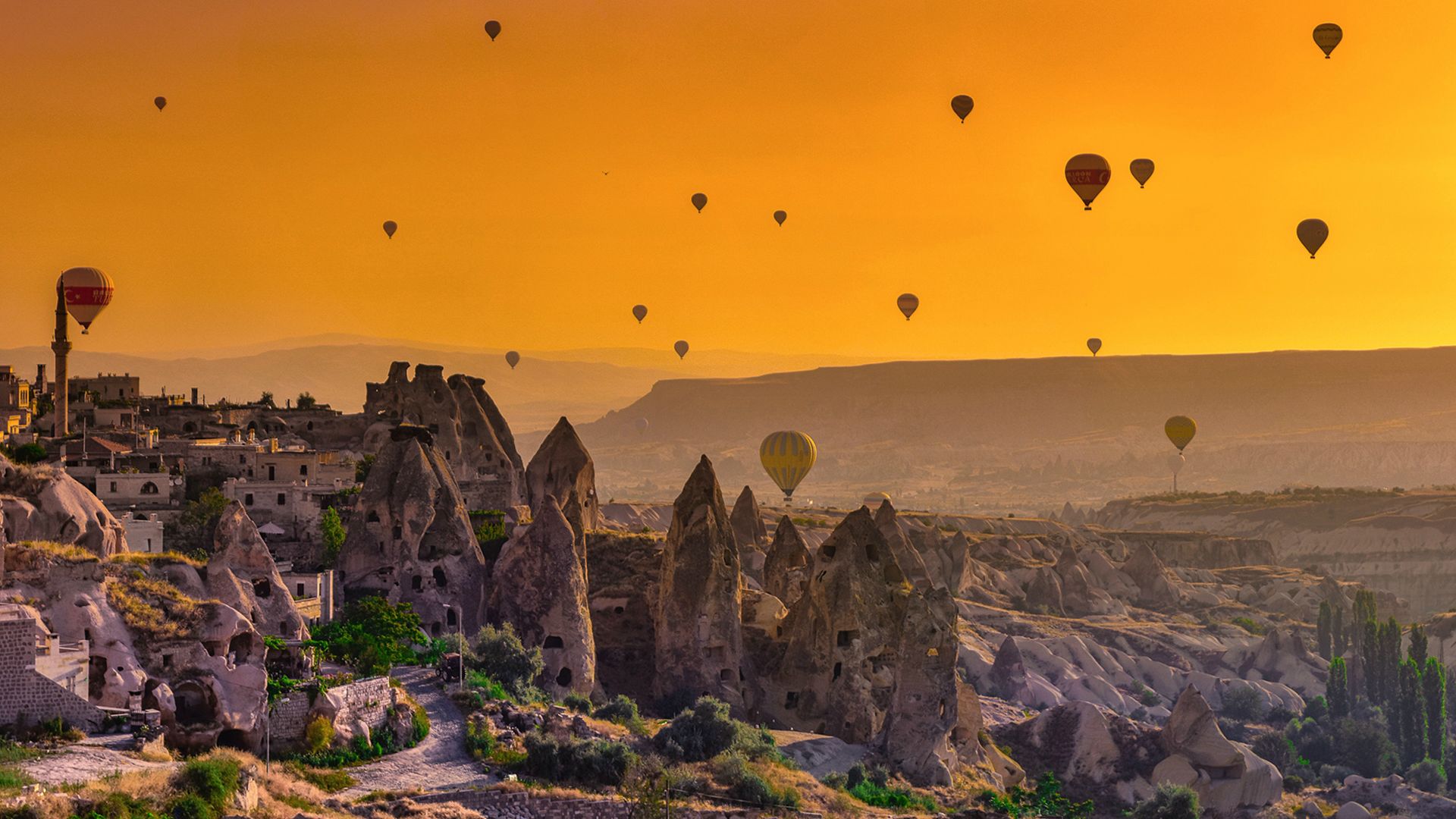

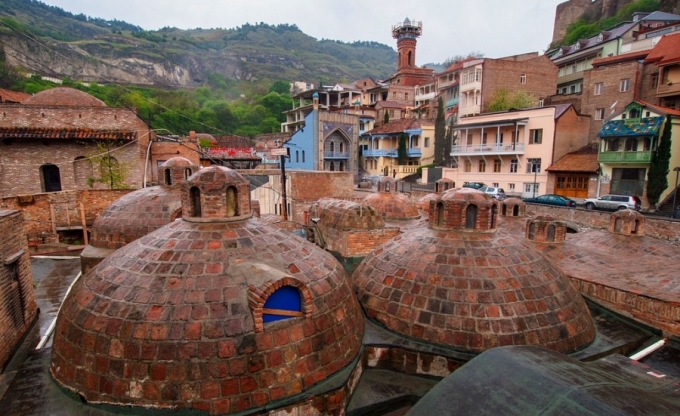
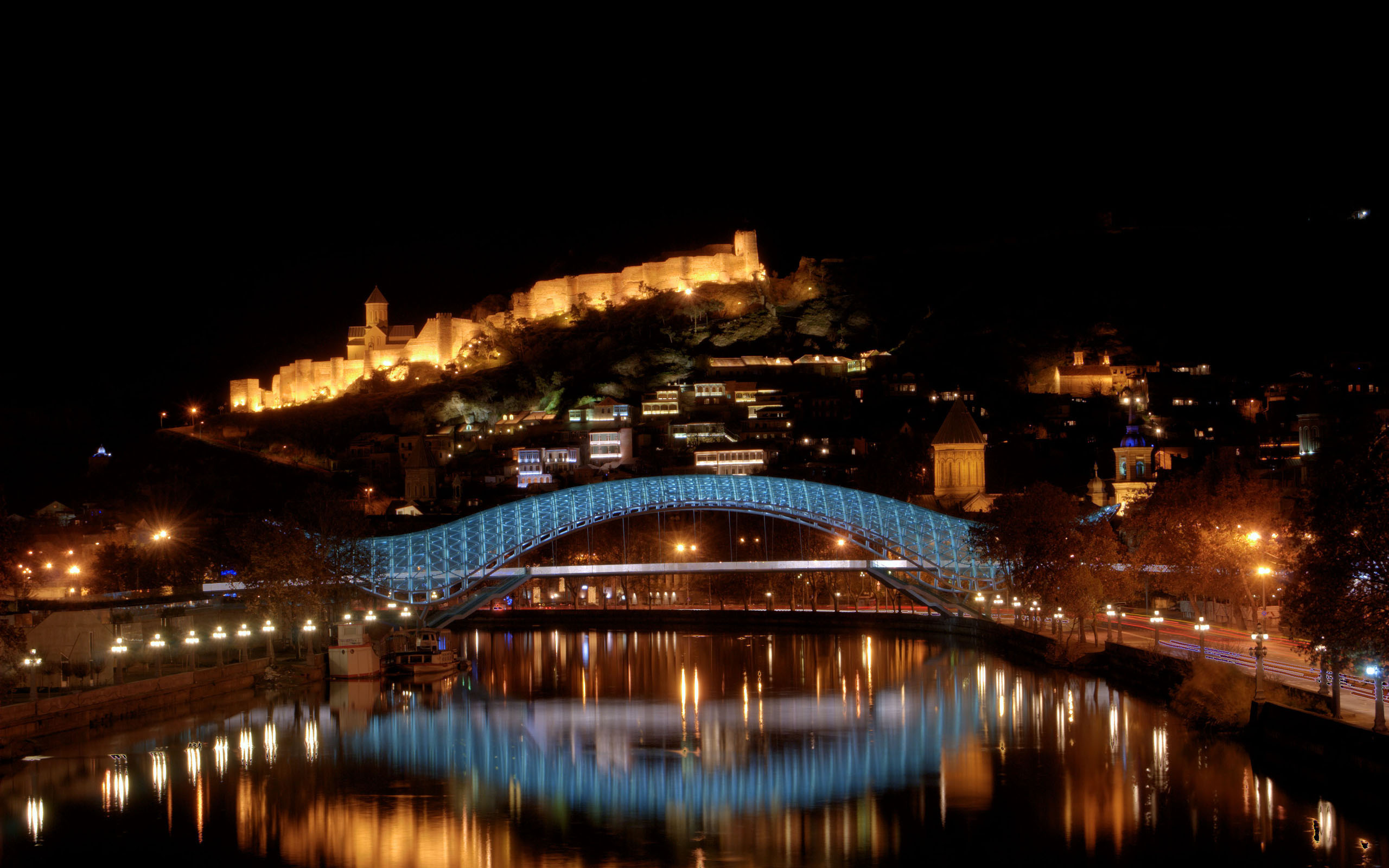
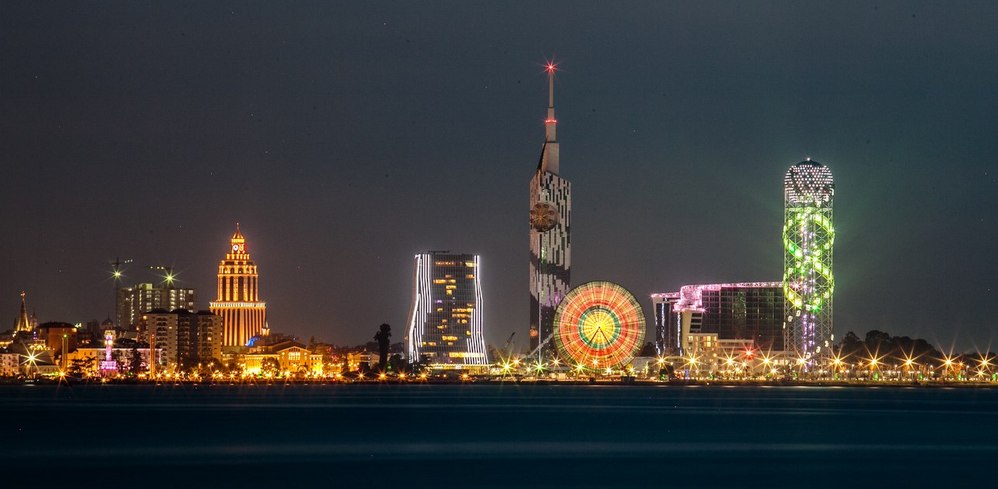
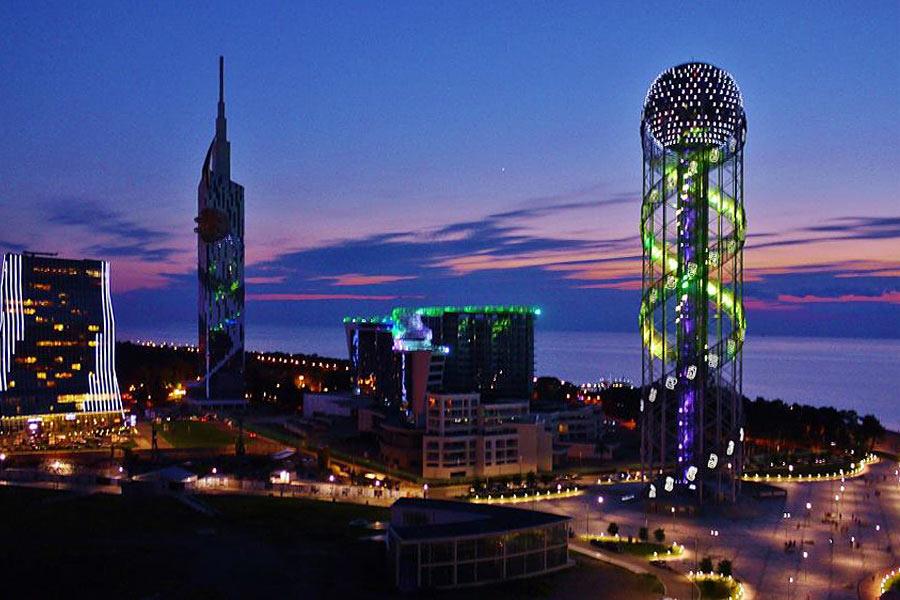
Cultural tour to Georgia
Day 1 Arrival to Tbilisi Airport /Check in the Hotel /overnight in Tbilisi
Day 2 Breakfast in the Hotel and Excursion to old part of Tbilisi:
Sameba: (1995–2004) Cathedral is erected on the Elia Hill, which rises above the left bank of the River Mtkvari in the historic neighborhood of Avlabari in Old Tbilisi. Sameba is the main Georgian Orthodox Christian cathedral.
Metekhi church: Church was built in the 5th century by the Georgian king Vakhtang Gorgasali. It is unusual example of domed Georgian Orthodox Church. It was later damaged and restored several times. Tradition holds, that it was also a site, where the 5th century martyr lady Saint Shushanik was buried. Church is located on the cliff overlooking the Mtkvari river, this view is wonderful indeed.
Old baths: Sulfur Baths, built in 17 century. All the celebrities arriving in Tbilisi first of all were taken to the sulphur bathhouses. Sulphur water is characterized with having the constant temperature of 38-40 C.
National Museum of Georgia: The Georgian National Museum was established at the end of 2004 by a Presidential decree. Its origins, however, date back to the founding of the Museum of the Caucasian Department of the Russian Royal Geographic Society in 1852. You can found here the legendary Gold of Colchis-land of the Golden Fleece.
Sioni Cathedral:
Sioni Cathedral in Old Tbilisi keeps St. Nino’s Cross, one of the most valuable holy relics of the Georgian Orthodox Church. According to the legend, St. Nino who brought Christianity to Georgia made the very first holy cross in this country with the two rods of vine, and tied them together with her hair.
Chardin: It is one of the most fashionable points of Tbilisi. Various sorts of events often take place here. It is the spot, where the fancy restaurants, cafes-bars are located. The street got its name of the famous artist Jean Baptiste Simeon Chardin. Sharden is the heart of the city’s cultural and entertainment events.
Lunch in restaurant
Overnight in Tbilisi
Day 3 –Tbilisi- Batumi
Breakfast in the hotel / Transfer to Batumi
Sightseeing Shiomgvime
Shiomghvime Monastery: It was founded in the mid-6th century after St. Shio, a monk who had come from Syria, estab¬lished himself here. St. Shio himsetf continued to live alone in a little cave at some distance from the monastery, but spent the last two years of his life and was buried in a dark cavern. There are more than a hundred caves, north of the monastery, where monks had lived ever since the Early Middle Ages.
Lunch on the way
Shopping on the way
Free time in Batumi
Overnight in Batumi
Day 4
Breakfasts in the Hotel
Visiting Kintrishi Protected Areas - are located between the Black Sea and the mountain system of Achara-Imereti. Lower border of Kintrishi Protected Areas stretches at 250-300m above sea level.
Activities:
Hiking/ Nature trails
Horse riding
Picnic in the nature
Return to Batumi
Overnight in Batumi
Day 5
Breakfasts in the Hotel
Visiting Gonio fortress / Mtsvane Kontskhi ("The Green Cape"), The Batumi Botanical Garden, Synagogue
Visiting Gonio fortress: In the 2nd century AD it was a well-fortified Roman city within Colchis. The town was also known for its theatre and hippodrome. It later came under Byzantine influence. In addition, there was a short-lived Genoese trade factory at the site. The grave of Saint Matthias, one of the twelve apostles, is believed to be inside the Gonio fortress.
The Batumi Botanical Garden: Located at the place called Mtsvane Kontskhi ("The Green Cape") on the Black Sea shore. The garden consists of nine floristic sectors, those of Caucasian humid subtropics. The garden collection comprises 2037 taxonomic units of ligneous plants, including 104 of Caucasian origin.
Lunch in Batumi, free time / overnight
Day 6
breakfast in the hotel
Departure to Kutaisi
Bagrati Cathedral: It was built in the early years of the 11th century, during the reign of King Bagrat III due to which it was called "Bagrati" Cathedral, i.e., Bagrat’s cathedral.The cathedral, now in ruins, has gone down as a masterpiece in the history of medieval Georgian architecture.
Lunch in restaurant
Gelati Monastery: It is a monastic complex, which contains the Church of the Virgin founded by the King of Georgia David the Builder in 1106. It had an Academy, which employed some of the most celebrated Georgian scientists, theologians and philosophers, among the scientists were such celebrated scholars as Ioane Petritsi and Arsen Ikaltoeli.
Motsameta Monastery: the complex consists of a domeless Church, a wall, and auxiliary buildings. A small Church stood here in the beginning, were the two princes, David and Konstantine, tortured to death by the Arabs led by Murvan the Deaf, were buried. Bagrat III restored the Church, building a larger one in the 10th century.
Overnight in Kutaisi
Day 7 – Kutaisi- Tbilisi
Breakfast in the hotel
Visiting Sataplia: It is famous by its rarest and the most beautiful caves. Near the cave is the speleogical museum. Sataplia cave was discovered in 1925. In 1933 there were discovered traces of dinosaurs that were 120 million years old. More than 200 dinosaur tracks were discovered in two different layers of limestone.
Return to Tbilisi
Lunch in the restaurant (Leaving party)
Transfer to the Airport/ Departure